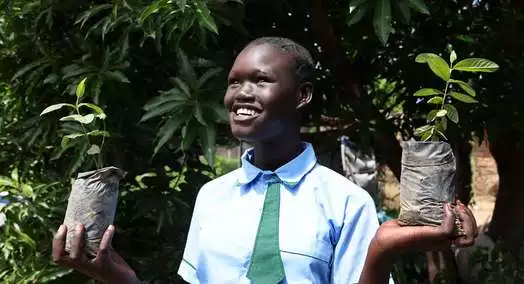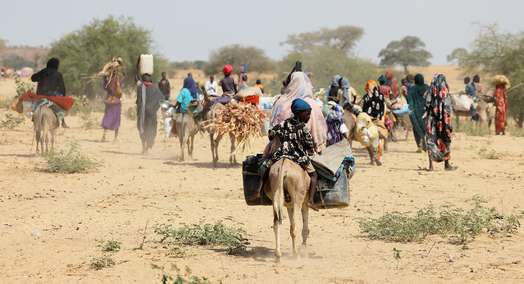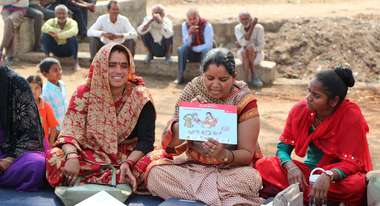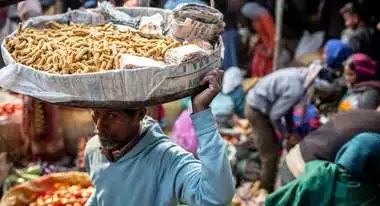Child Growth Monitor App detects Hunger
Currently Welthungerhilfe builds a game-changer to identify malnutrition of children through a 3D scan: The Child Growth Monitor is a mobile app to detect hunger. It may replace the manual measures of weight and height, which are costly, slow and often inaccurate. The app uses inbuilt infrared cameras for the scan and machine learning to correlate the scan with anthropometric measures. Now this app was pre-tested in India and the results are promising.
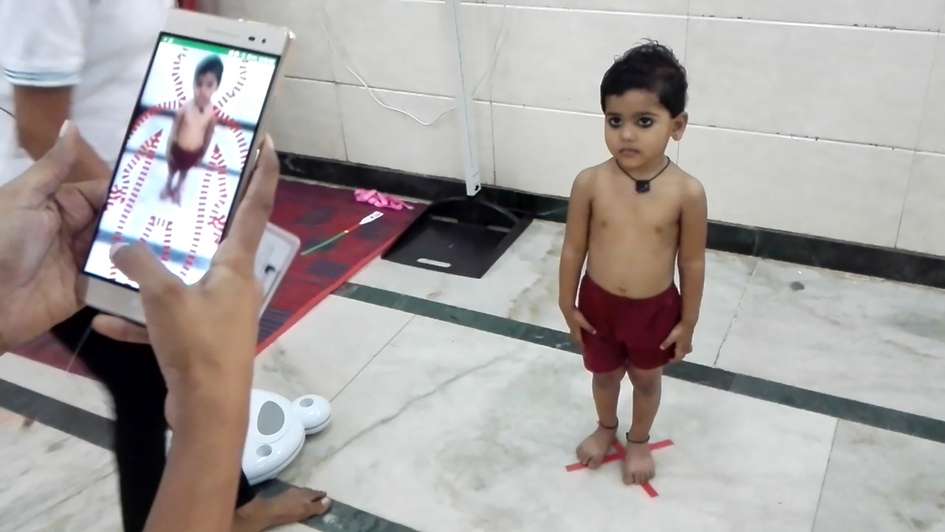
Mumbai slums are apocalyptic. We visited a mother of four, who had a seriously malnourished child that was treated in a program by Action Contre la Faim (ACF). With her family of 6, she lives on 10 sqm, no window, no water, no sanitation facilities nearby, and directly bordering to a dark and narrow lane, which runs through the slums.
The App Detects Hunger Much More Efficient
The Child Growth Monitor could make the work in such areas much more efficient. With the Child Growth Monitor, teams of ACF, could identify and support more malnourished children and, at the same time, improve their analysis and ease their reporting.
That’s why we ran a pre-test of the Child Growth Monitor in Mumbai’s slum areas, where we partner with ACF, an organization which is specialized in identifying and treating malnutrition. The purpose of the test was to collect early feedback on the app from field workers, and to assess the quality of the data we can expect both from the anthropometric measures as well as the scans. Five teams of ACF measured a couple of children twice - manually and through the app scan.
Some of the findings from the pre-test include:
- Field worker reconfirmed the importance of the app. It has the potential to make the work so much easier, more accurate and more accountable.
- The user interface was easy to use. However, many suggestions for smaller adjustments were given.
- The scan process was good, but we realised that it needs to be further simplified, and special attention needs to be given to children that do not cooperate easily.
What’s next?
During the next weeks, our primary focus is on building the architecture for the machine learning. This will also help us to further define the scanning process, and the number of scans needed for each child to get accurate readings. Starting in April, we will collect further data and experience from the ACF outreach centers in the slums of Mumbai. In those centers malnourished children are followed up and treated – and we can collect experiences on how the Child Growth Monitor could perform in ongoing interventions.

